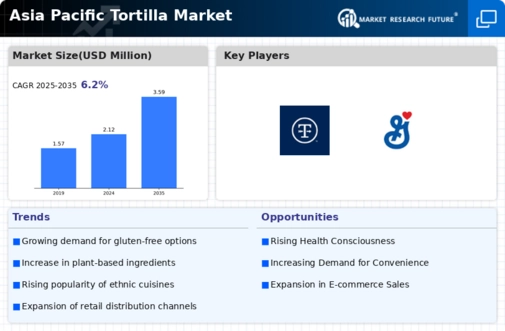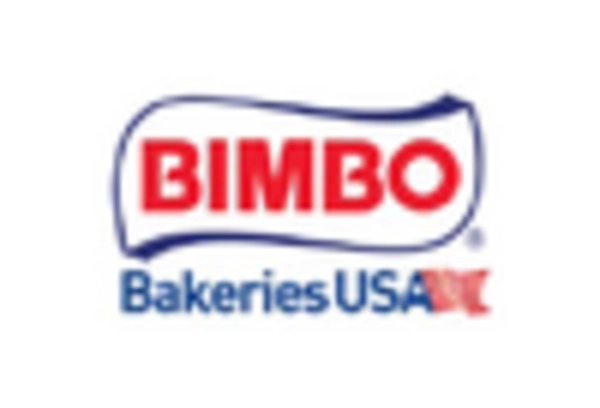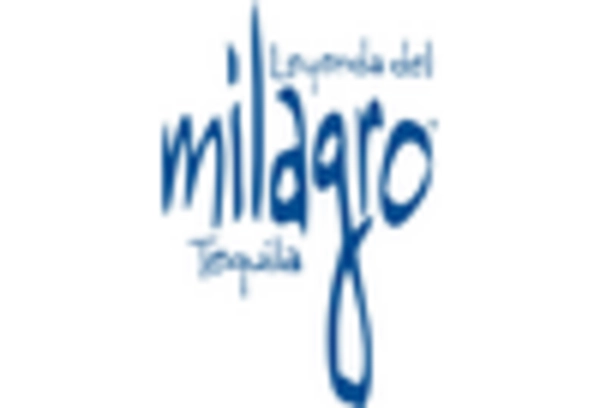Market Trends
Key Emerging Trends in the Asia Pacific Tortilla Market
The Asia Pacific tortilla market has experienced notable shifts in recent times, reflecting the changing tastes and preferences of consumers in the region. One significant trend driving the market is the increasing popularity of Mexican and Tex-Mex cuisines. As global culinary influences continue to permeate Asia Pacific, consumers are embracing the rich flavors and versatility of tortillas. The rising demand for Mexican fast food and the incorporation of tortillas into various regional dishes have contributed to the market's growth. Another key trend in the Asia Pacific tortilla market is the focus on healthier alternatives. With a growing awareness of dietary choices and a shift towards healthier eating habits, consumers are seeking tortillas made from whole grains, multigrain, and gluten-free options. Manufacturers are responding to this trend by introducing healthier variants of tortillas, appealing to health-conscious consumers who prioritize nutritional value without compromising on taste. The market is also witnessing an expansion in product diversity and innovation. Traditional corn and wheat tortillas are evolving to include a variety of flavors, textures, and sizes. Flavored tortillas, such as spinach, tomato, and jalapeño-infused varieties, are gaining popularity, catering to consumers looking for unique and bold taste experiences. Additionally, the market is seeing innovations in the form of tortilla wraps, chips, and shells, providing consumers with versatile options for creating diverse meals. Sustainability has become a crucial consideration in the Asia Pacific tortilla market, mirroring the global trend towards eco-friendly practices. Consumers are increasingly conscious of the environmental impact of their food choices, and this has led to a demand for tortillas made from sustainably sourced ingredients and packaged in eco-friendly materials. Brands that prioritize sustainability are likely to gain favor among environmentally conscious consumers. Furthermore, the digital transformation of retail has impacted the tortilla market in the Asia Pacific region. The rise of e-commerce platforms and online grocery services has made it easier for consumers to access a wide range of tortilla products. The convenience of online shopping, coupled with an extensive variety of choices and competitive pricing, has contributed to the growth of digital retail channels for tortilla products. The influence of cultural diversity is another significant factor shaping the Asia Pacific tortilla market. The region's diverse culinary landscape is prompting manufacturers to tailor their products to suit local tastes and preferences. Tortillas are being adapted to complement regional cuisines, creating a fusion of flavors that resonates with the diverse consumer base in Asia Pacific.

















Leave a Comment